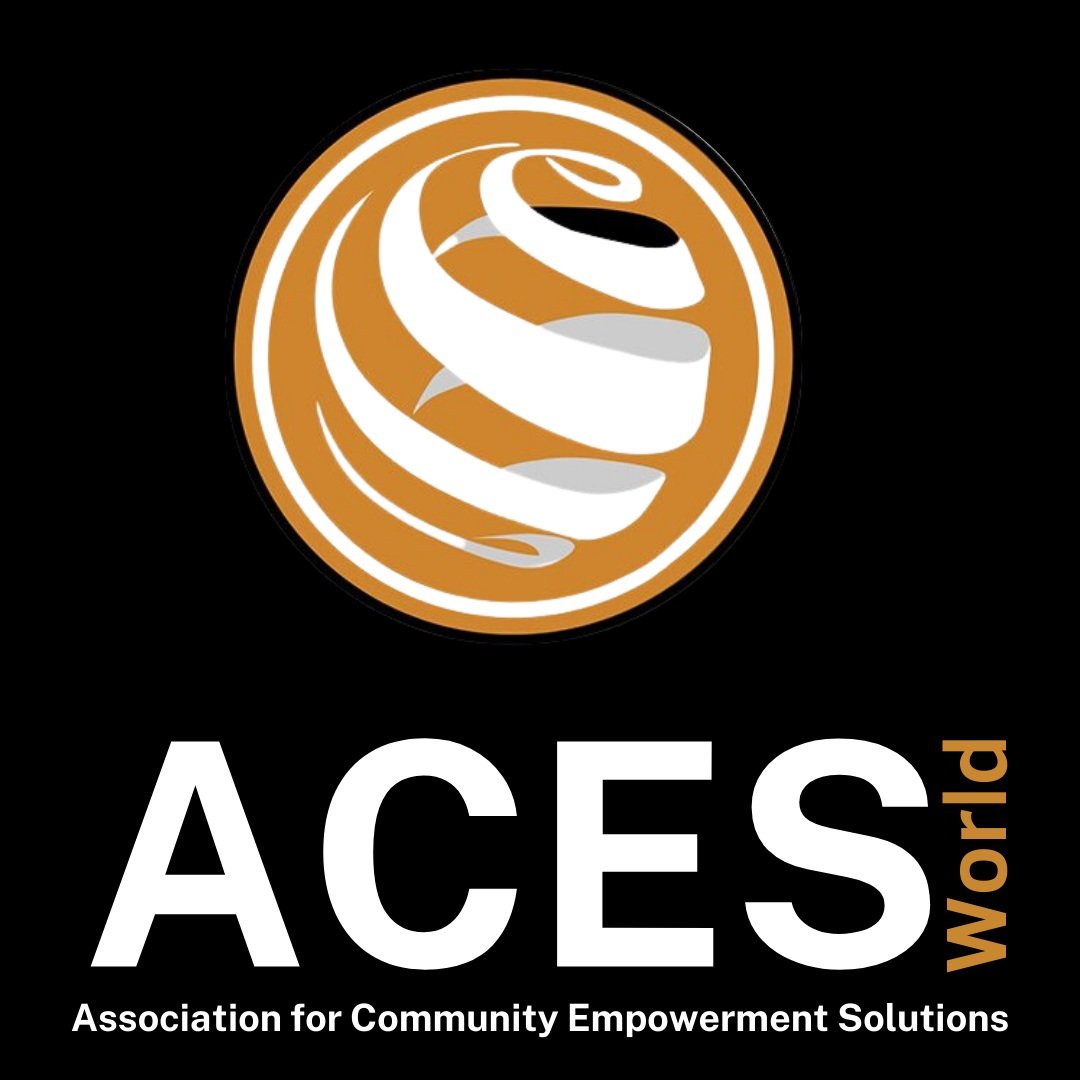Empowering Girls: Menstruation, Education and Health
The following is an excerpt from ACESWorld’s contribution to Medicus Mundi Switzerland. You can read the whole article published here:
Forty-nine percent of the population of Uganda is under age the age of 15. School enrollment in the early primary levels slightly favors girls, but girls face many challenges to continuing their education. Girls are expected to work at home, helping with younger siblings and household tasks, and to care for the ill. In rural areas girls experience additional challenges. Girls must walk long distances to school unaccompanied and are at risk along the way. They are offered rides by men and are exposed to sexual assault. Even in the classroom girls experience harassment by male teachers and classmates and must manage their periods without adequate sanitary facilities at school. In addition, poverty is a barrier to education for both boys and girls. Although education is free in Uganda, it does not include the cost of uniforms, shoes, school supplies, etc. Girls are required to shave their heads to attend school, and girls reported that this was also a barrier (Pads4Learning Survey, Kampala, 2018).
Government data is available on school enrollment, but less is available on attendance, especially disaggregated by gender. While girls are enrolled in schools, they often miss days because parents cannot pay school fees. When poor families must decide whether to pay fees for sons or daughters, they favor the son. In families living in extreme poverty, feeding, clothing, and educating girls is costly, and they eventually leave the household. Families can recover this investment through a bride price. In Uganda, 10% of girls are married by age 15 and 40% of girls are married before age 18 (Girls Not Brides).
Child brides tend to be from families with little or no education and living in extreme poverty. Marriage is often viewed to provide for the girl. Some families marry off their daughters to protect them from early sexual encounters. Other girls marry to gain access to sanitary products to manage periods. Whatever the drivers of child marriage in Uganda and other countries, there is a direct relationship between child marriage, health and education. Girls who marry generally do not continue their education, and girls who can continue school are able to delay marriage. The longer a girl stays in school, the less likely she is to be married and have children during her teenage years. In many communities around the globe, menstruation is a barrier to education. A lack of sanitary supplies, misinformation, and cultural stigma are factors negatively impacting girls and keeping them out of school.
ACESWorld’s Pads4Learning program addresses community needs by providing knowledge and tangible resources. Schools welcome the opportunity to provide sanitary pads. Since Pads4Learning gives girls pads, schools generally accept the reproductive health education. We focus the training on anatomy, menstruation and menstrual hygiene and management but answer any reproductive health questions. Pads4Learning supplies girls with reusable manufactured pads that last about one year, and teaches them to hand-sew pads. The knowledge from these sewing classes leads to more sustainable outcomes, as sewn pads can be replaced when they are no longer effective. Girls share the knowledge of making pads with other women and peers in their community, and even poor families can cover the relatively low cost of purchasing materials.
ACESWorld’s projects help girls’ health directly through promoting hygienic practices and reproductive health education and indirectly through supporting school attendance, helping to delay marriage and providing knowledge of reproductive health. Pads4Learning continues to listen to girls to better understand their challenges, to improve health outcomes for the girls and their future children and to prevent child marriage.


